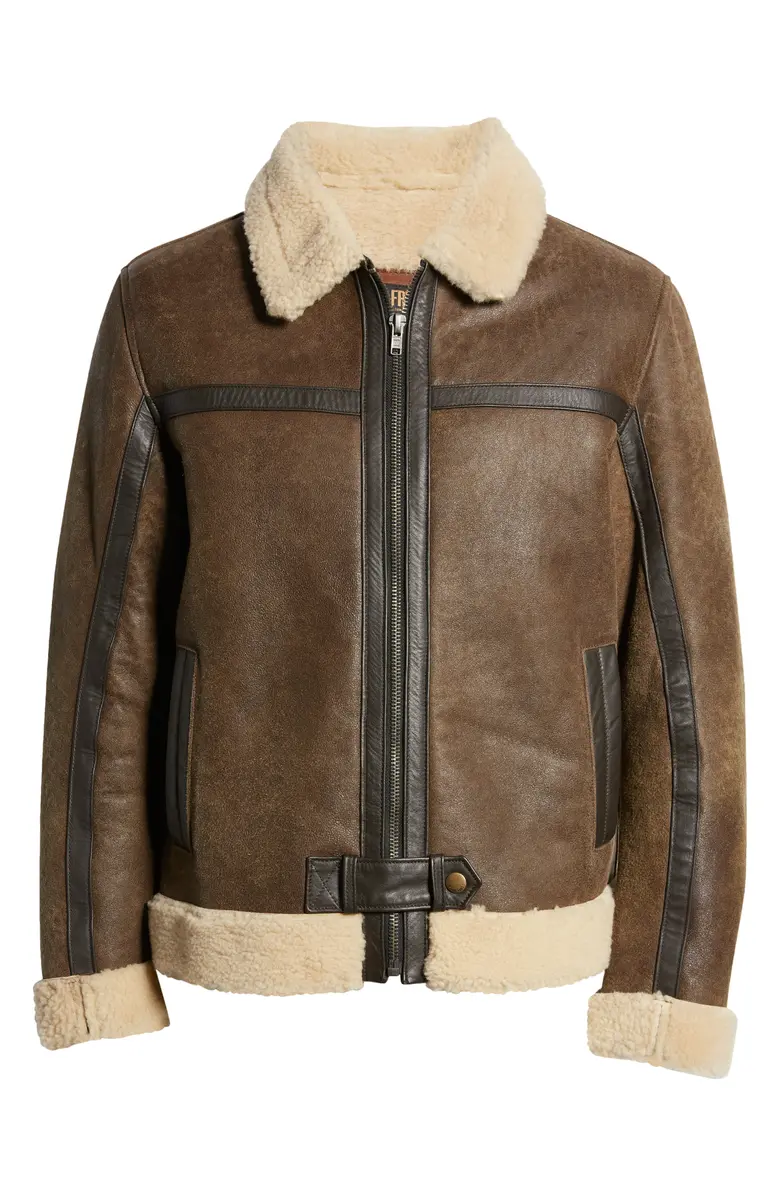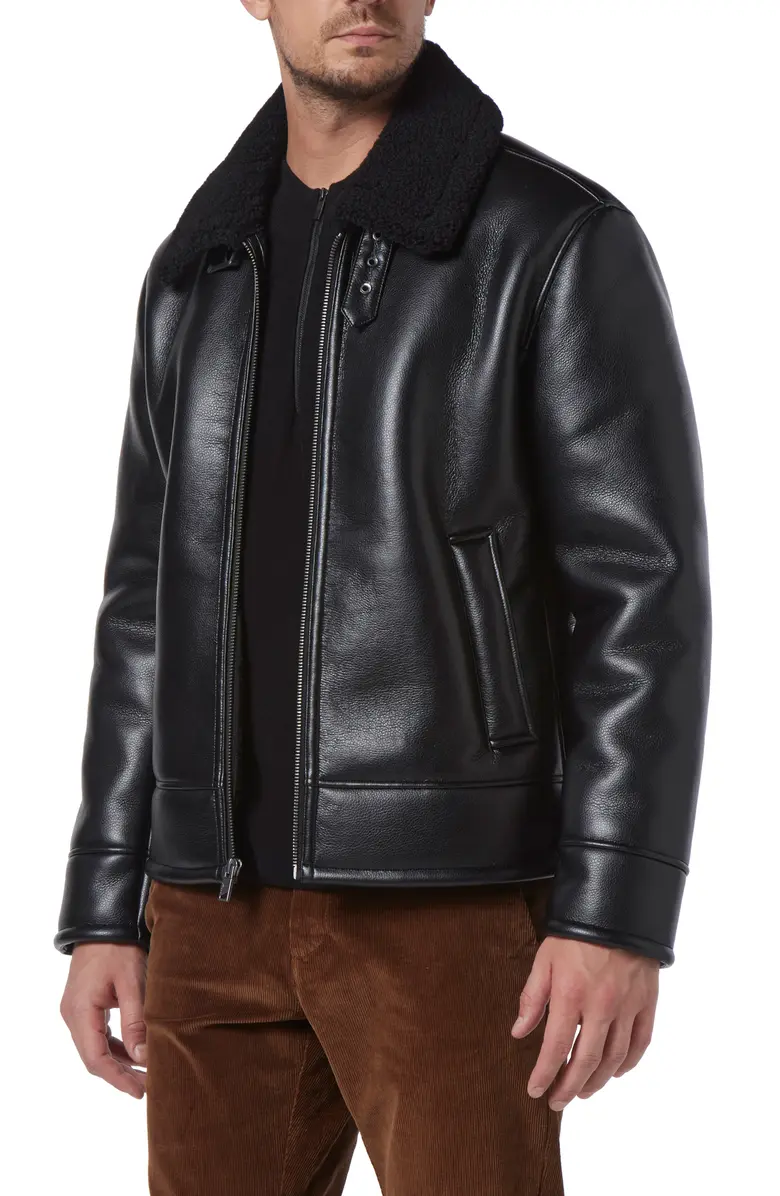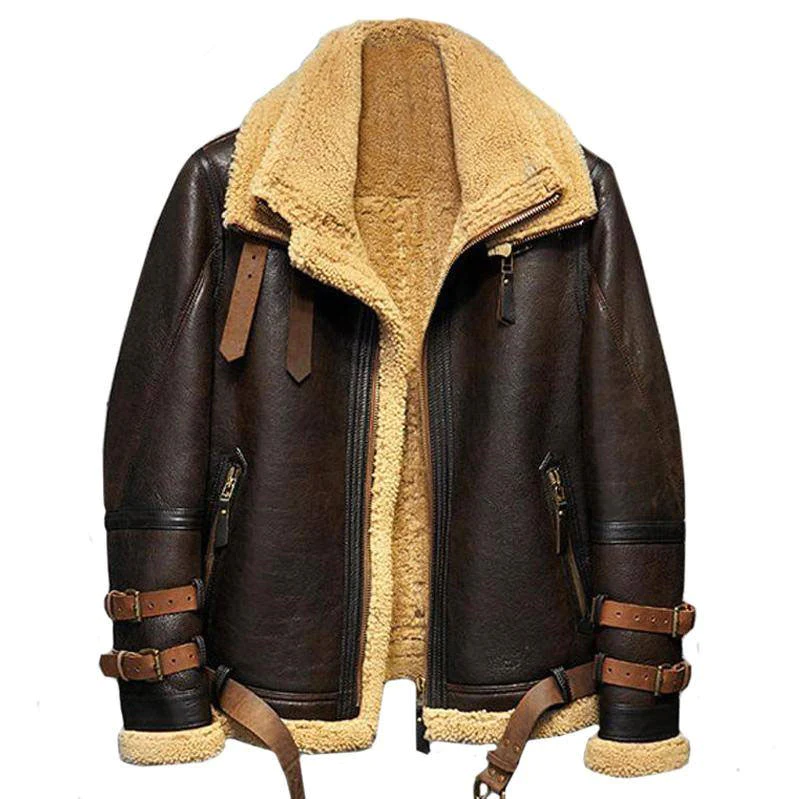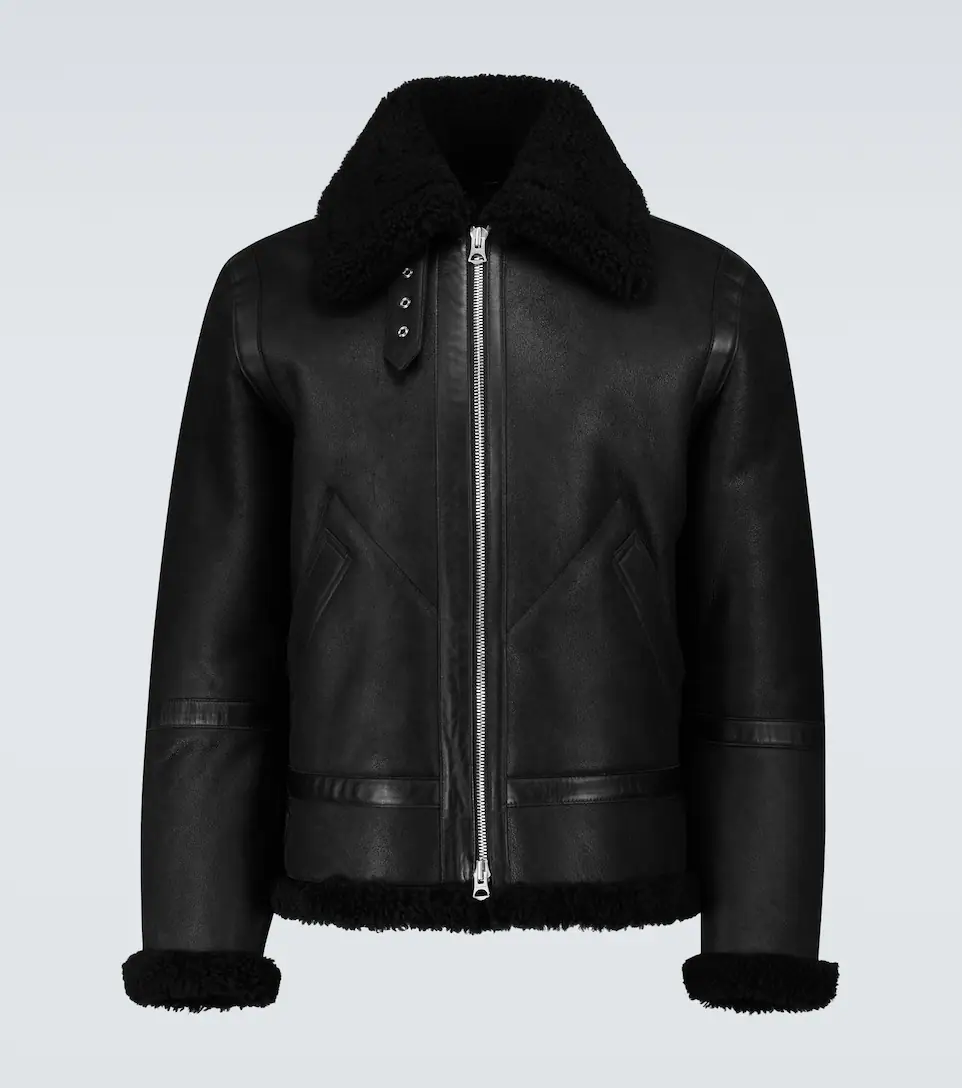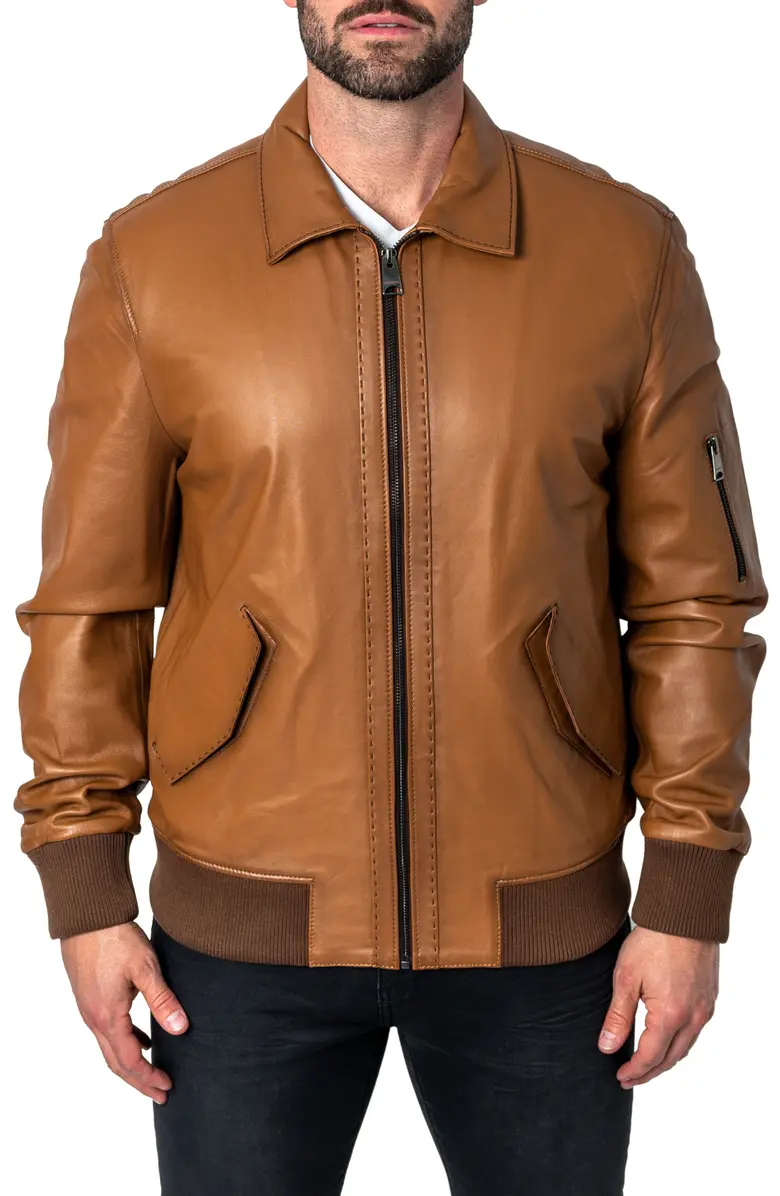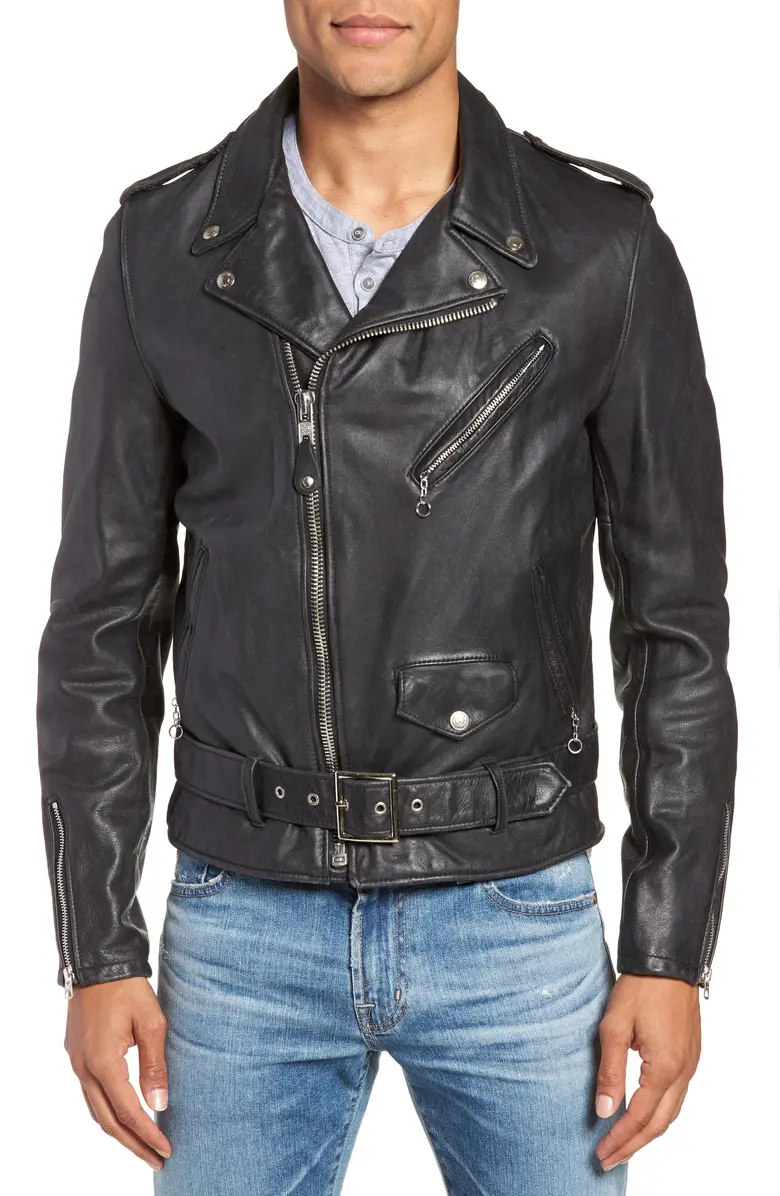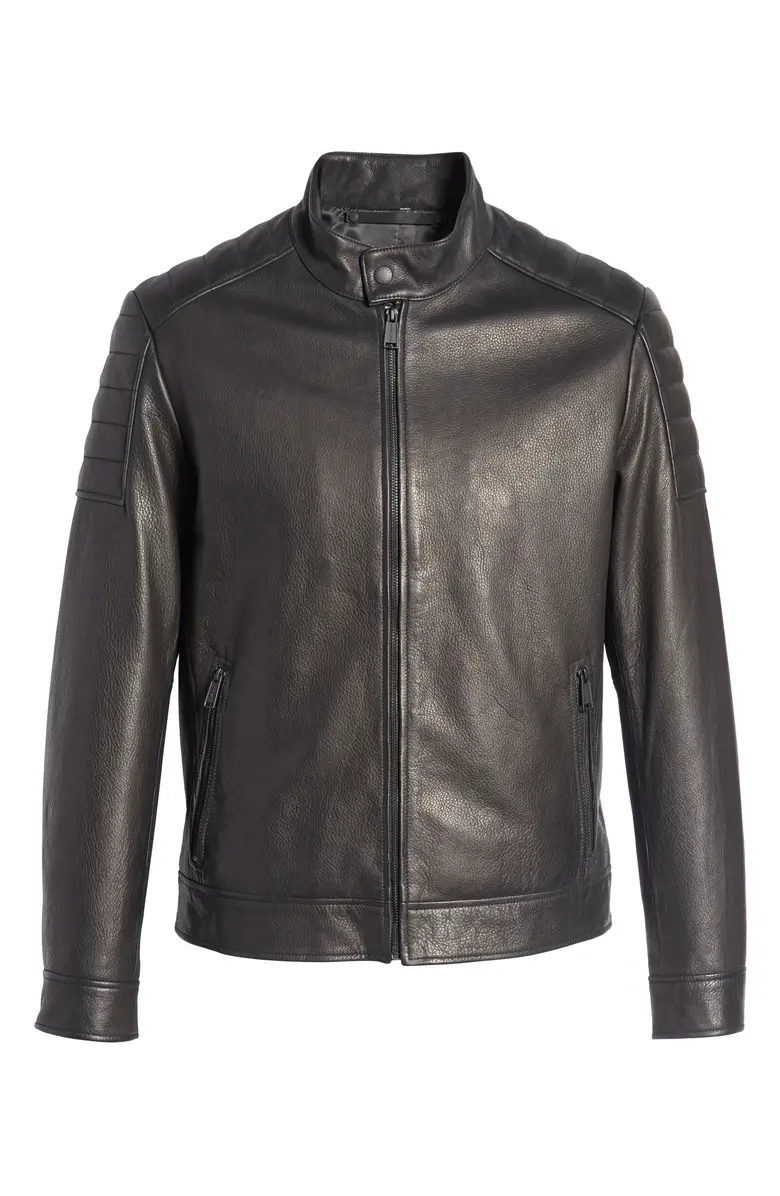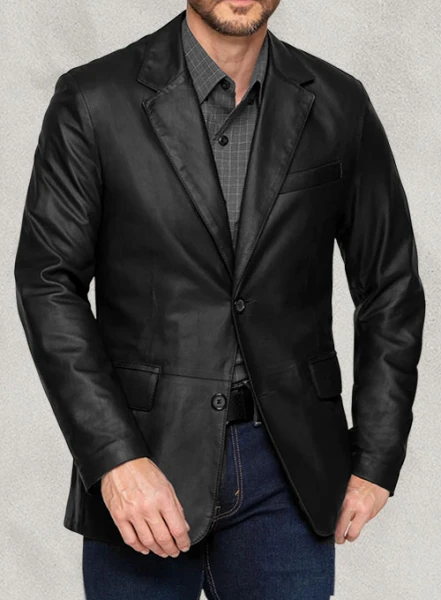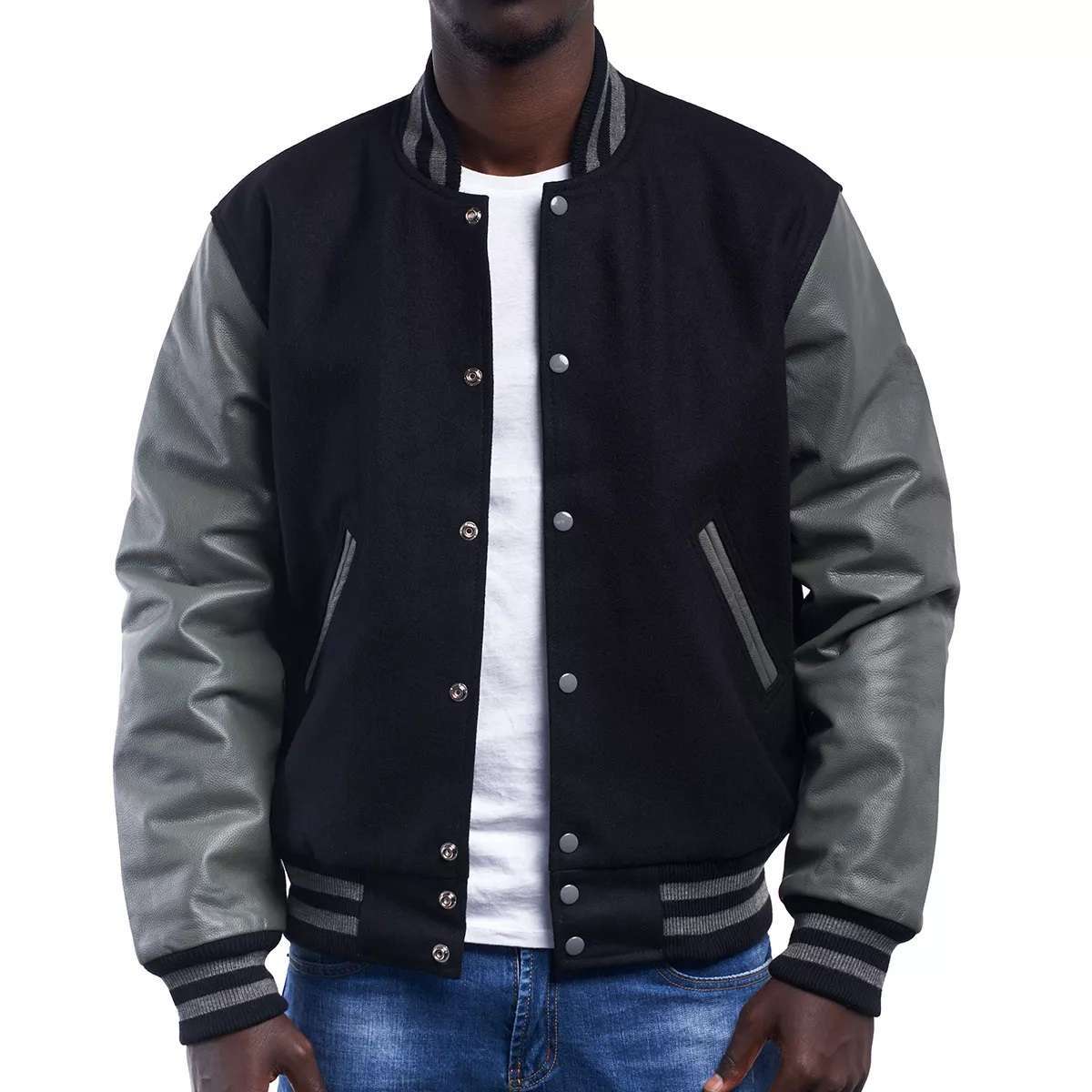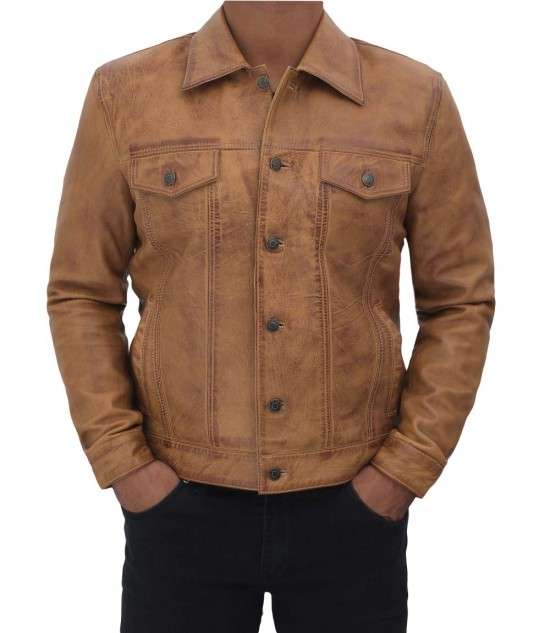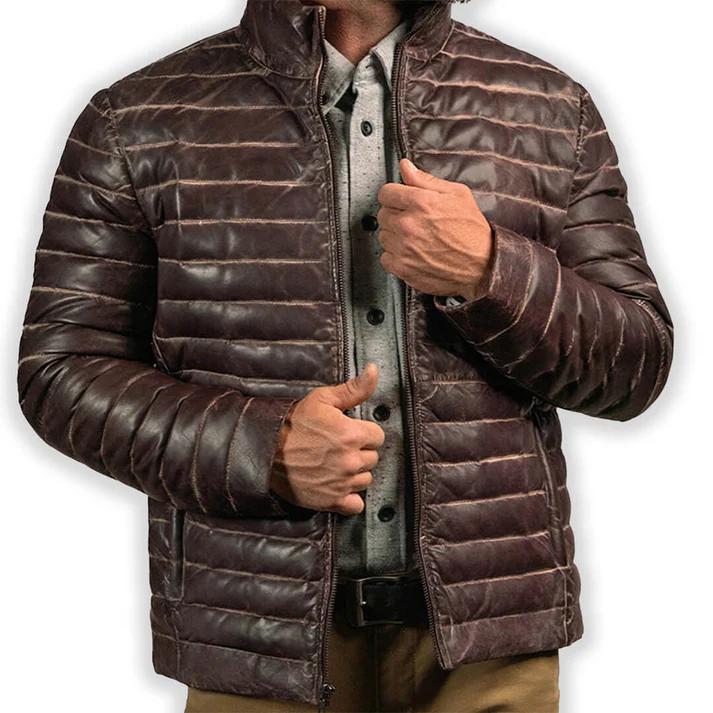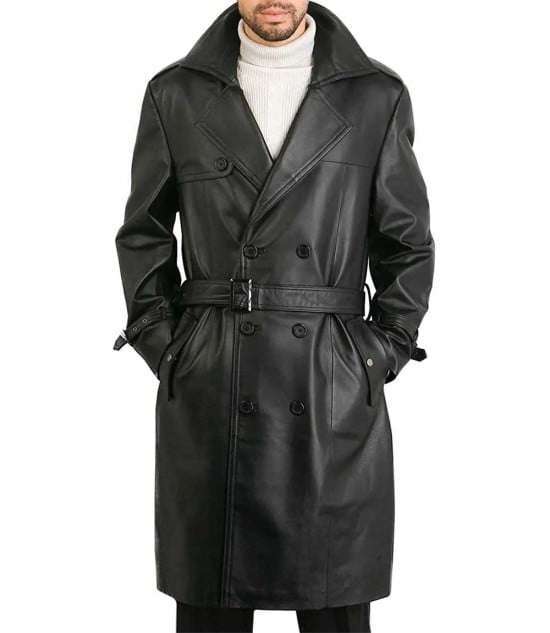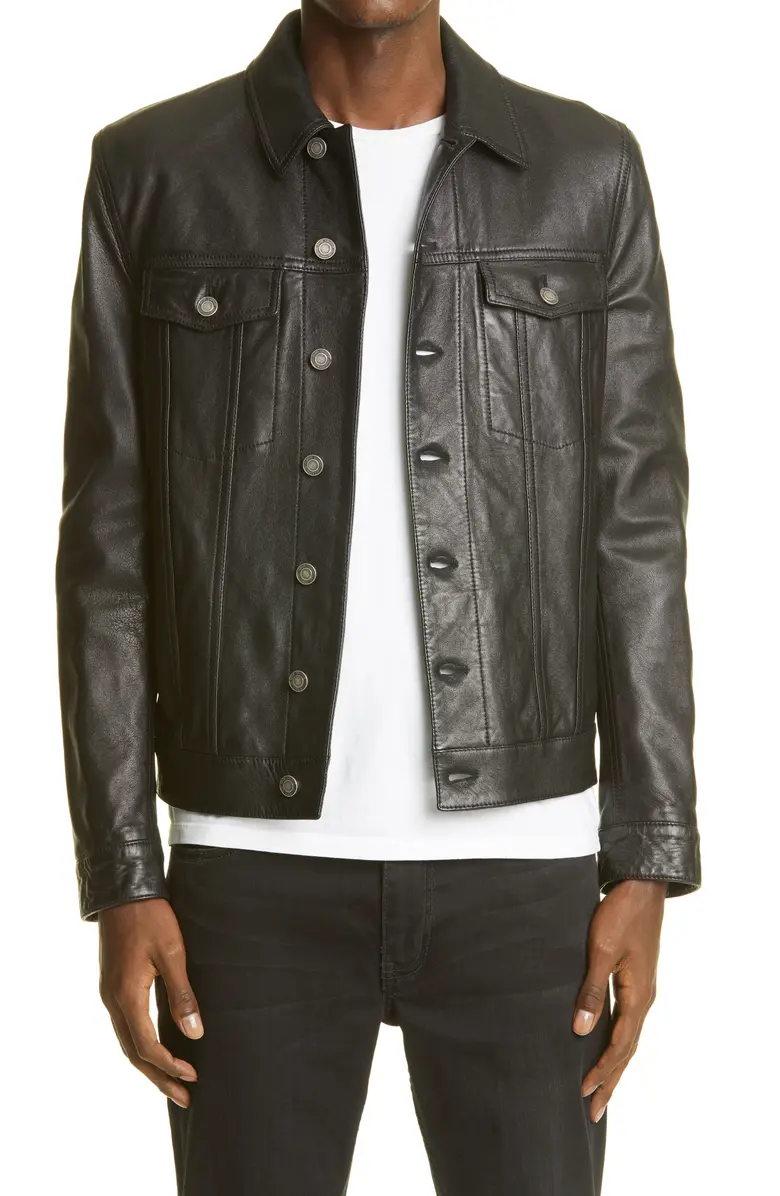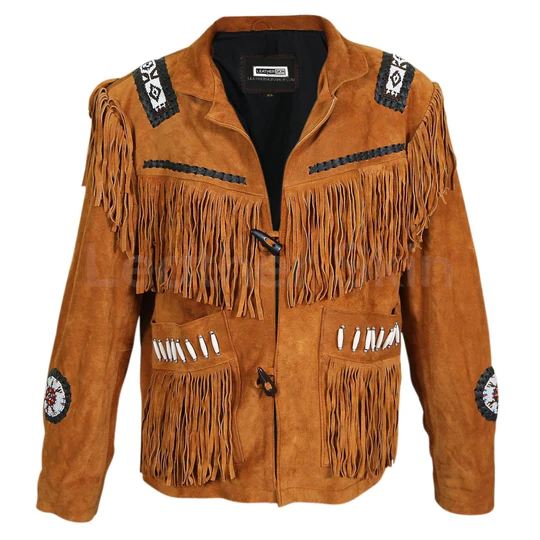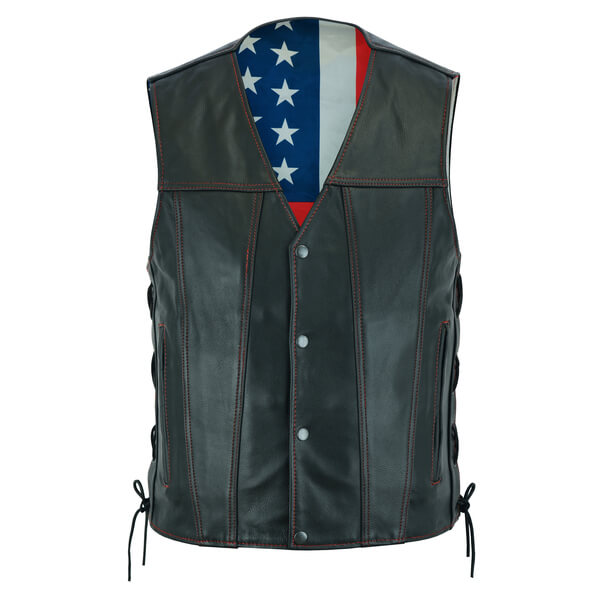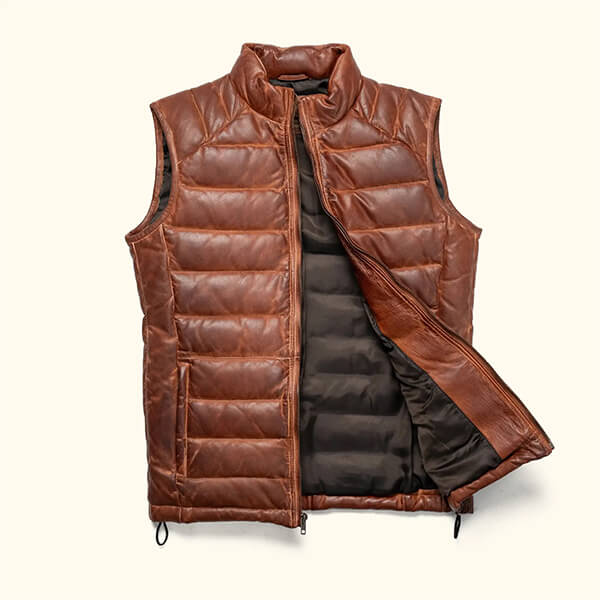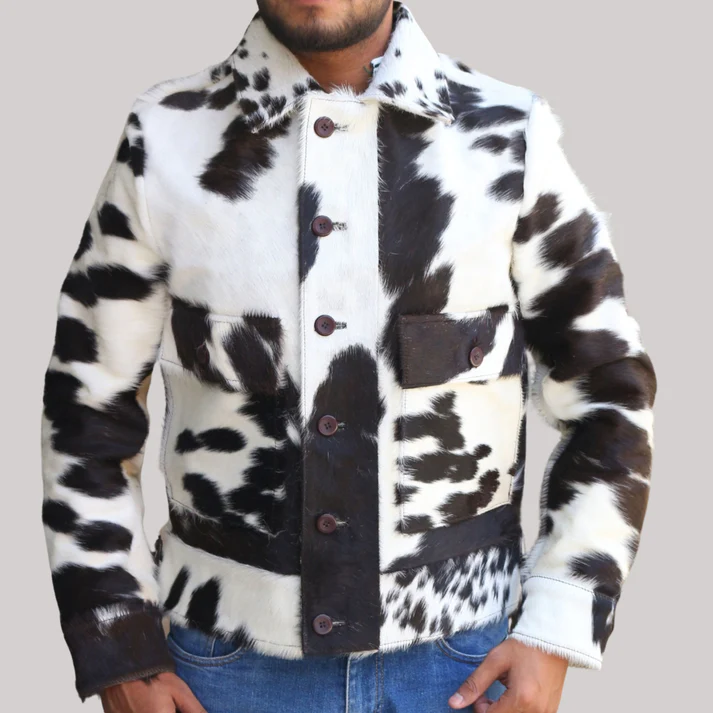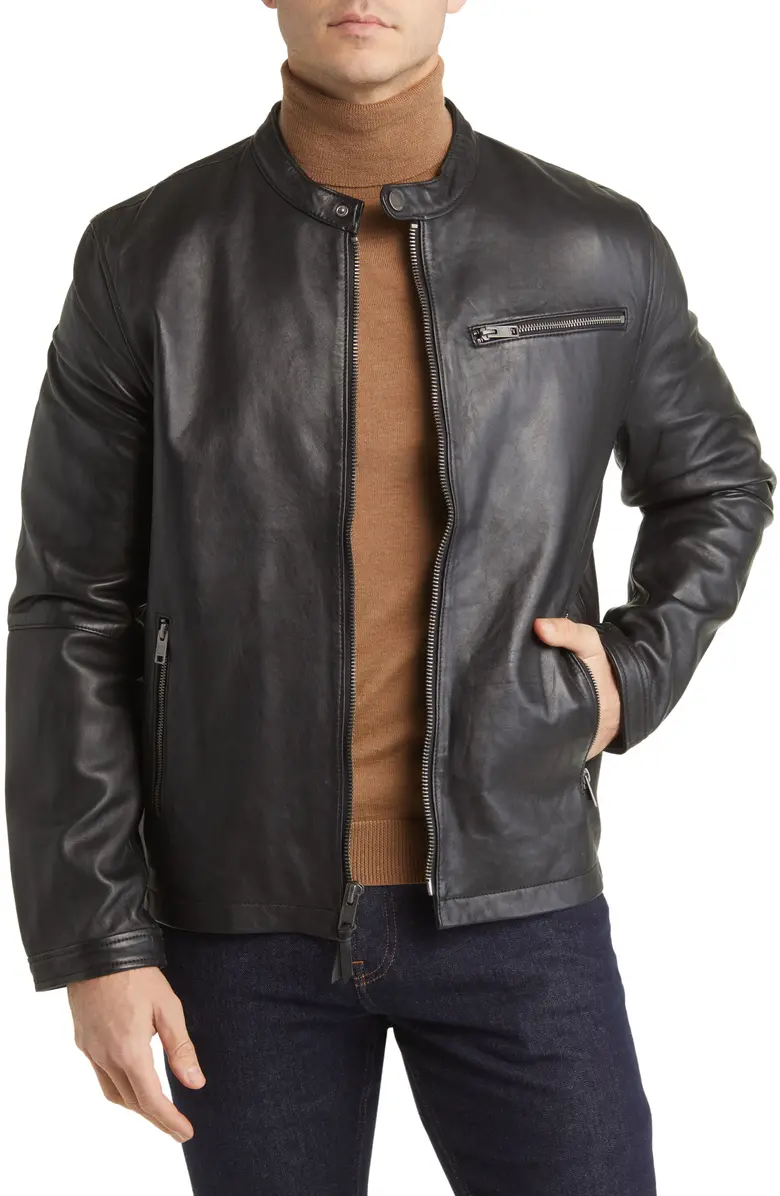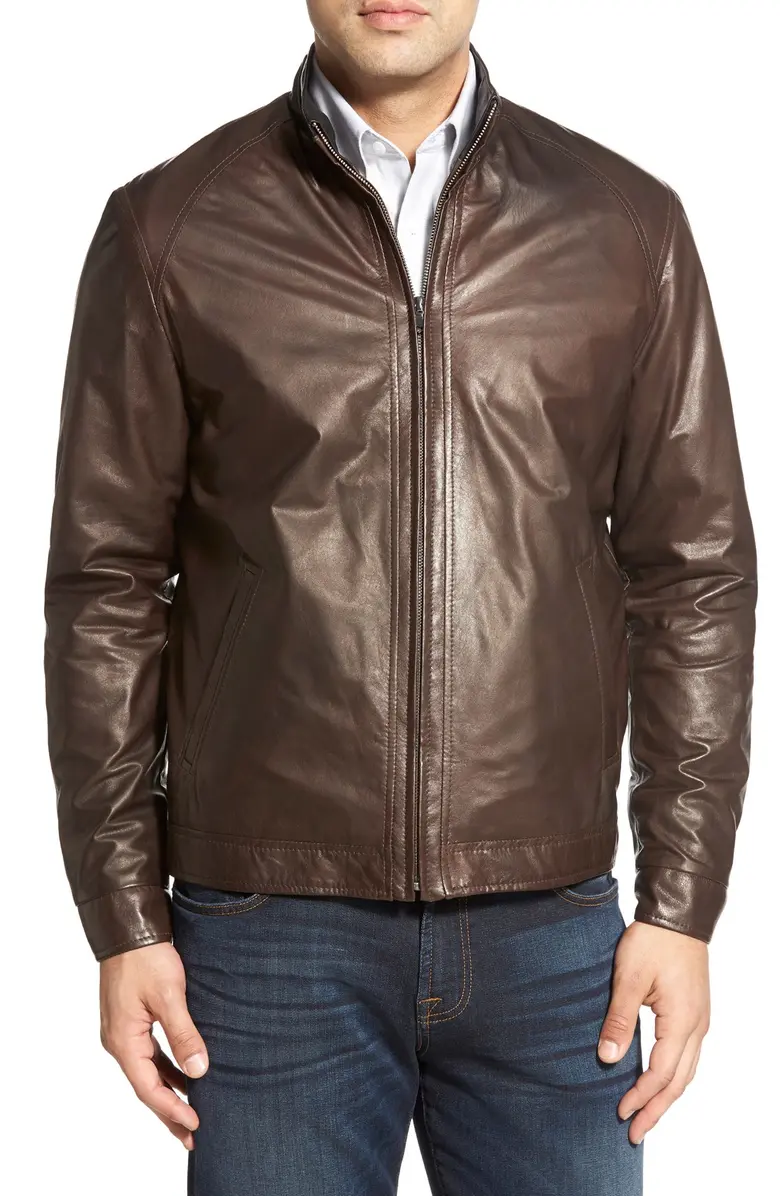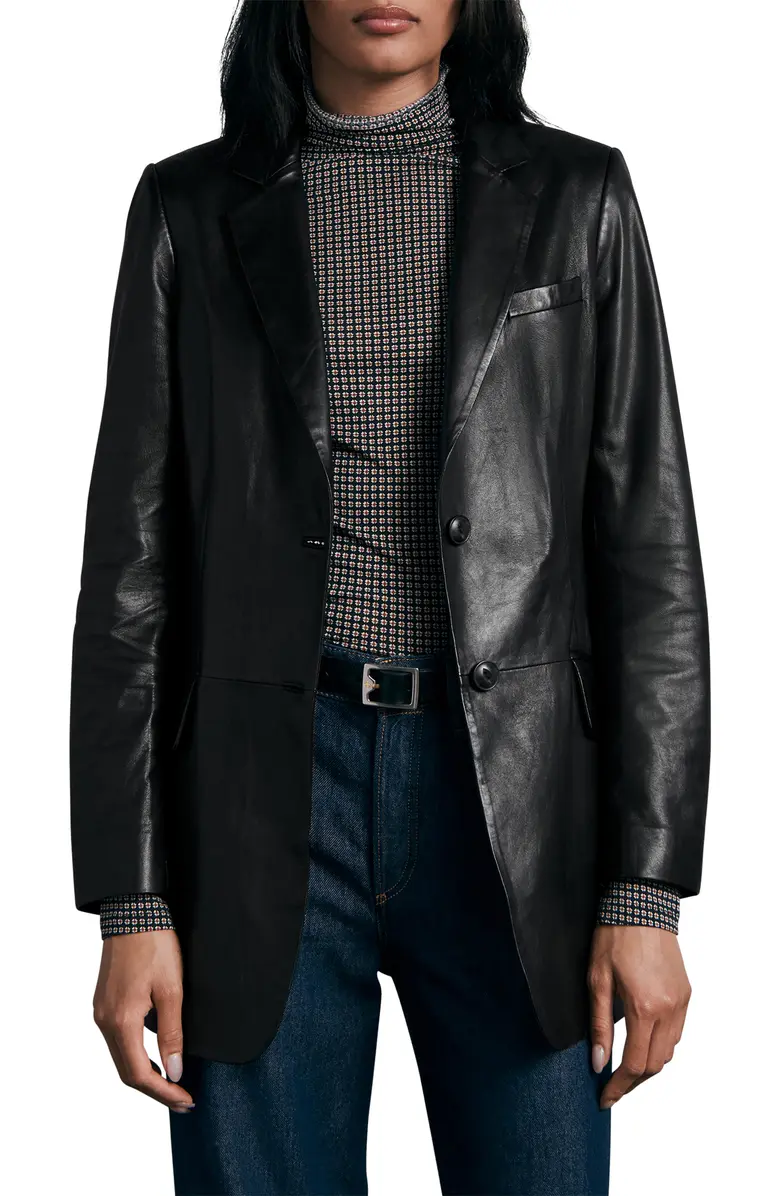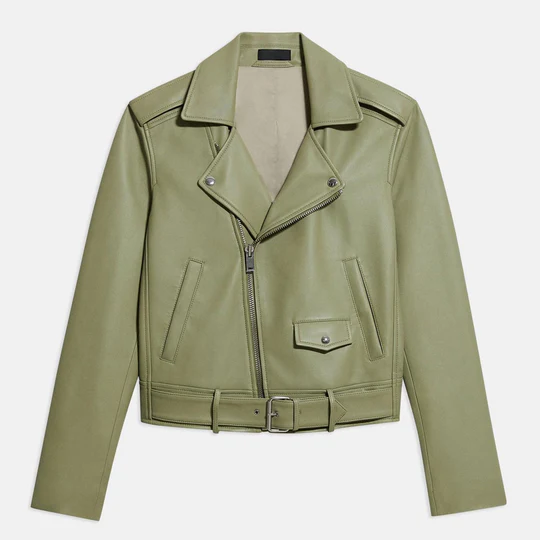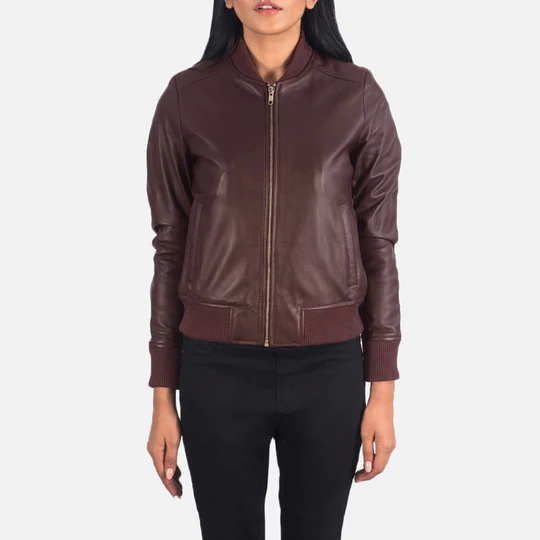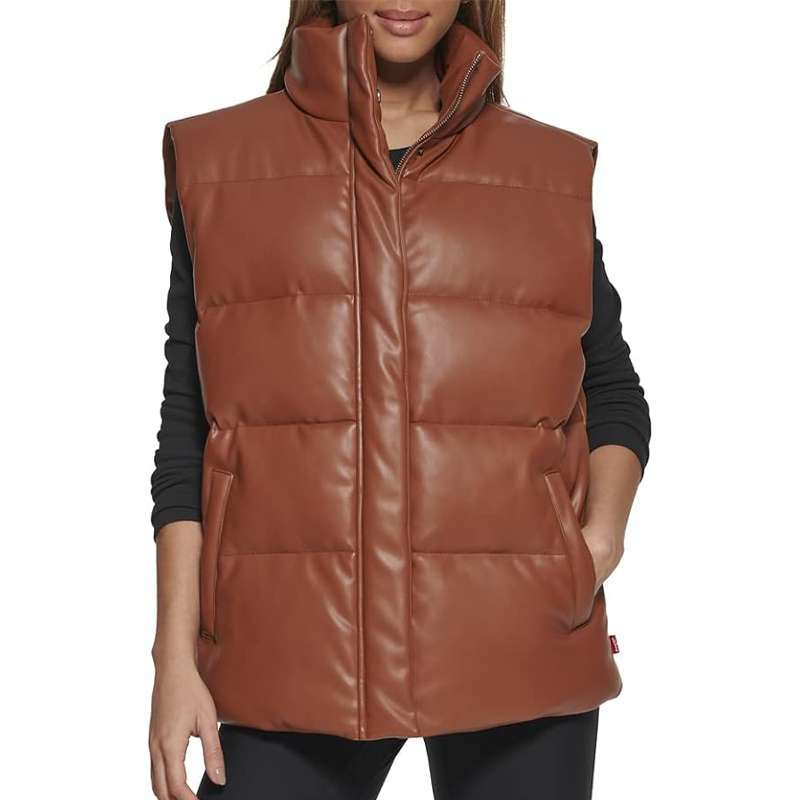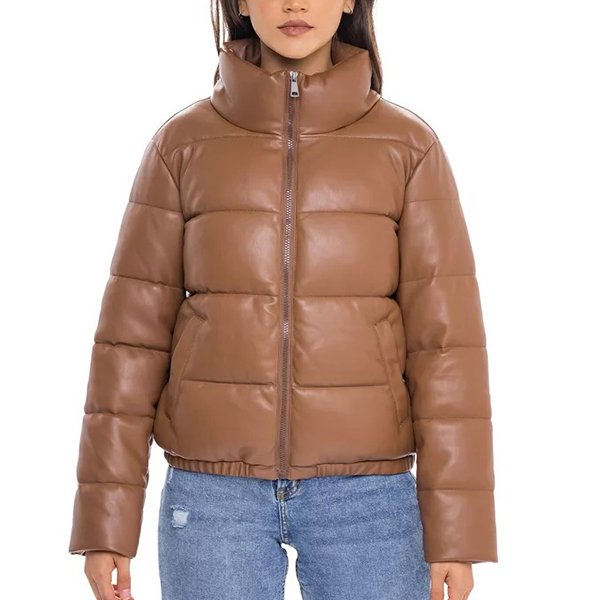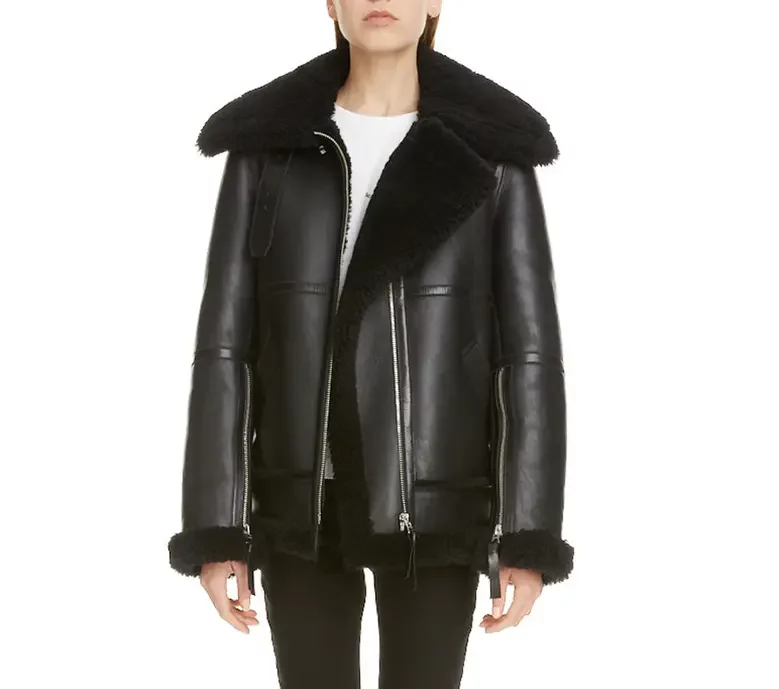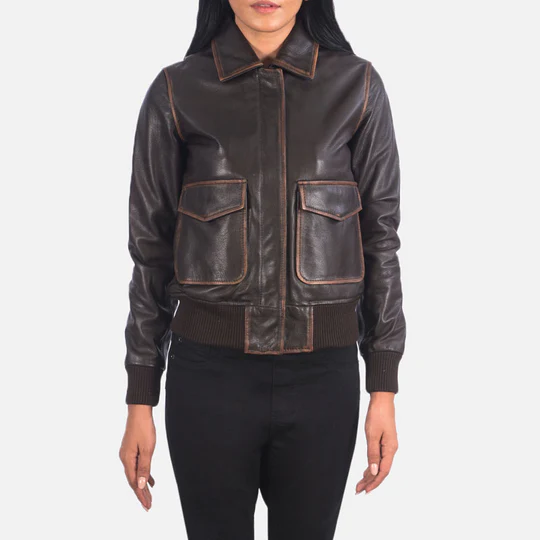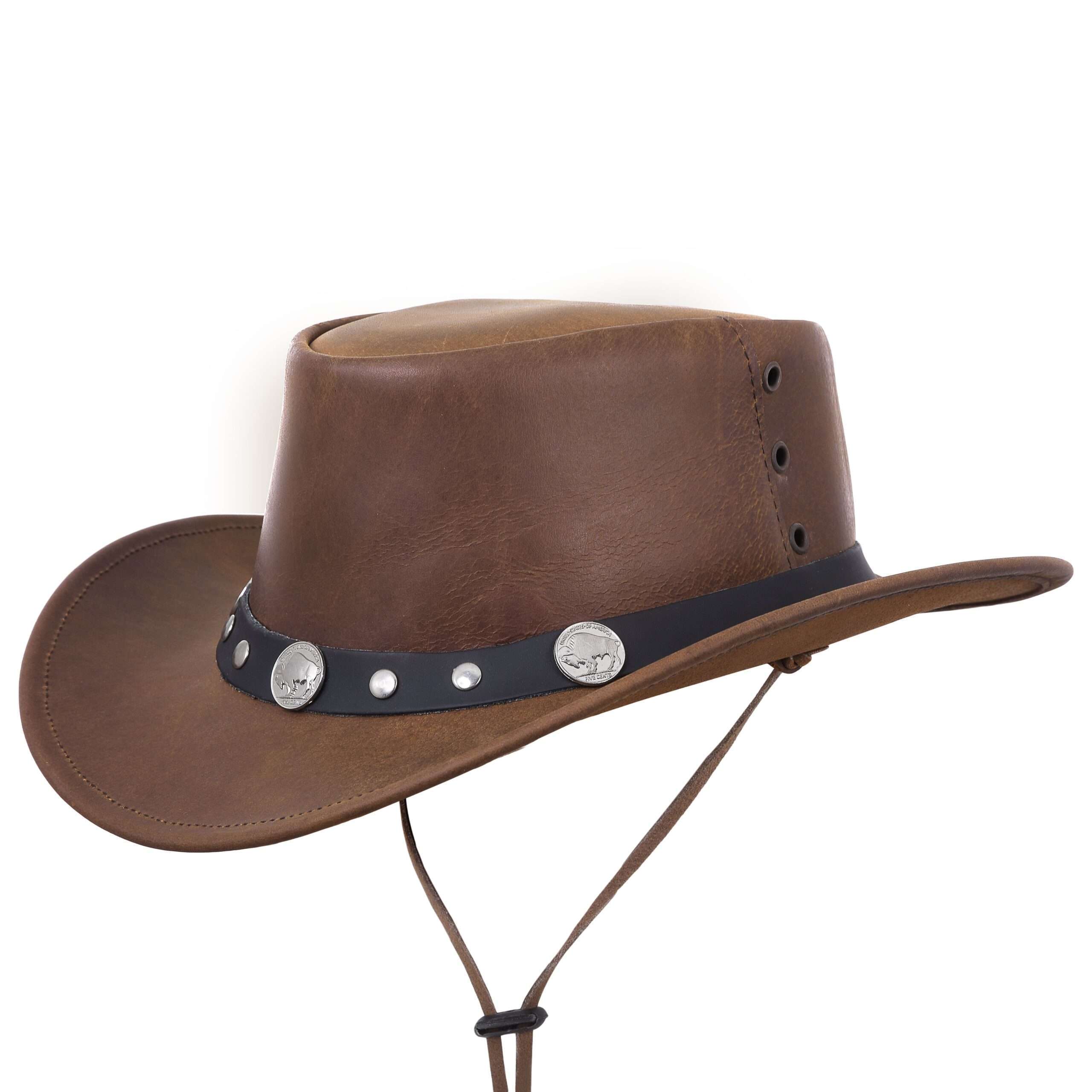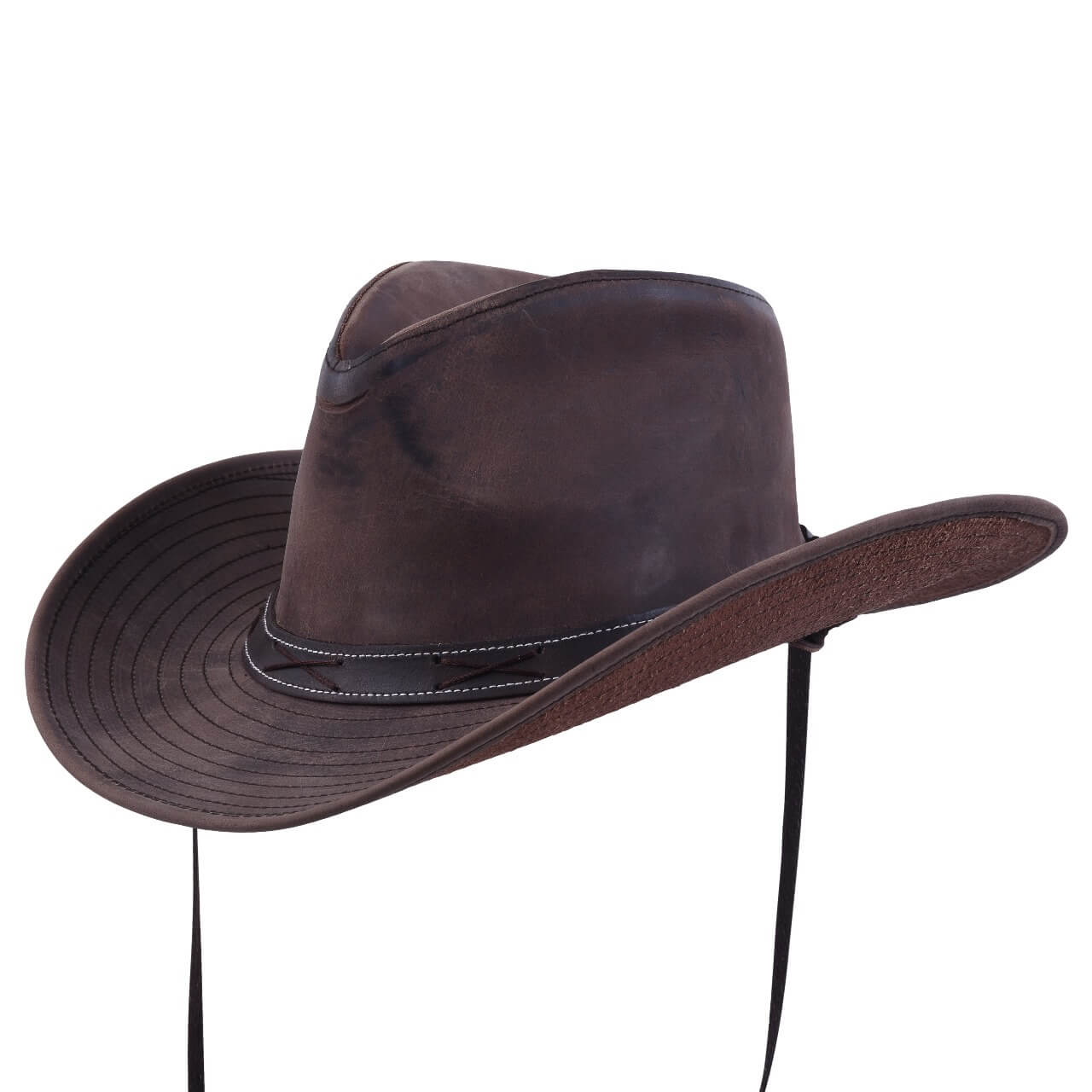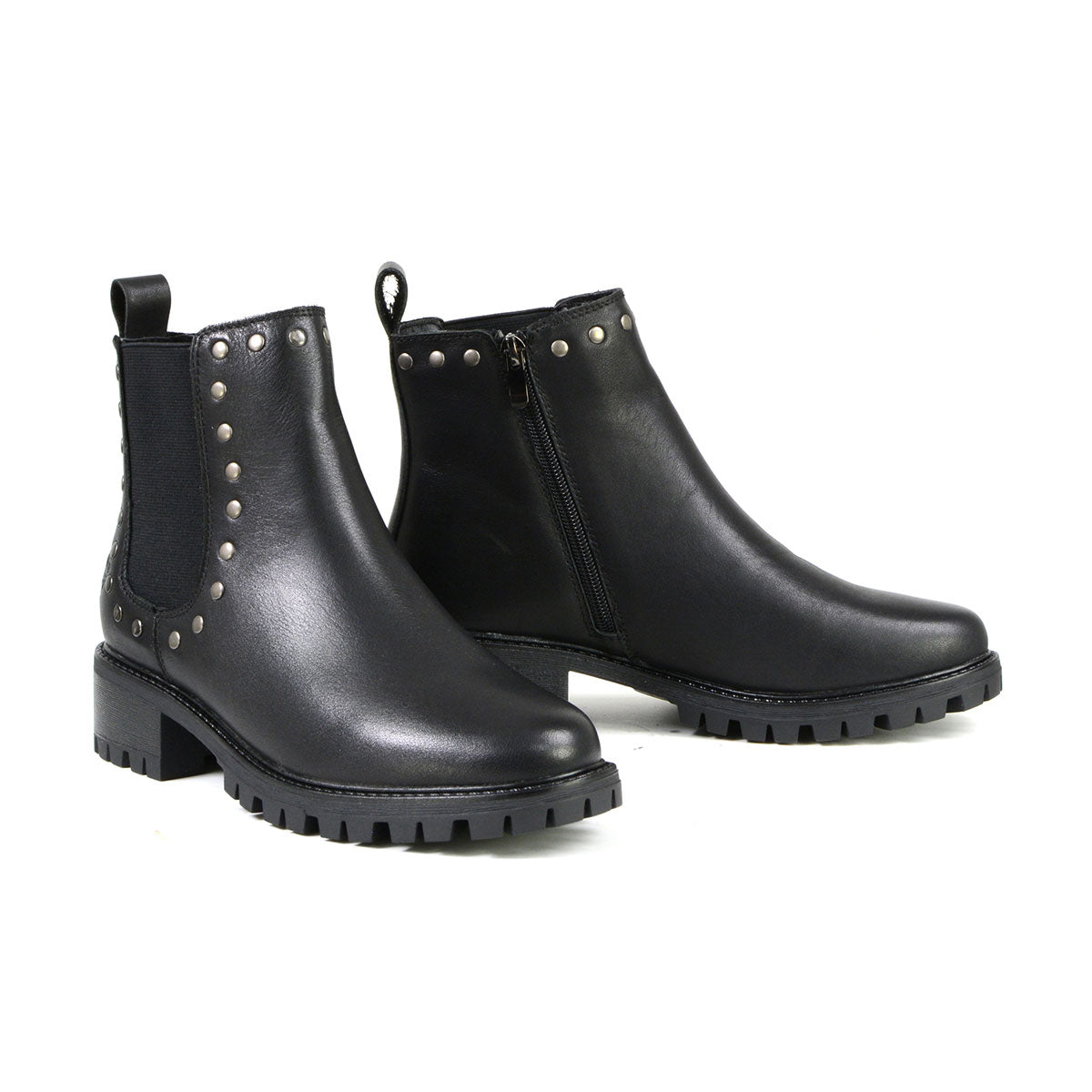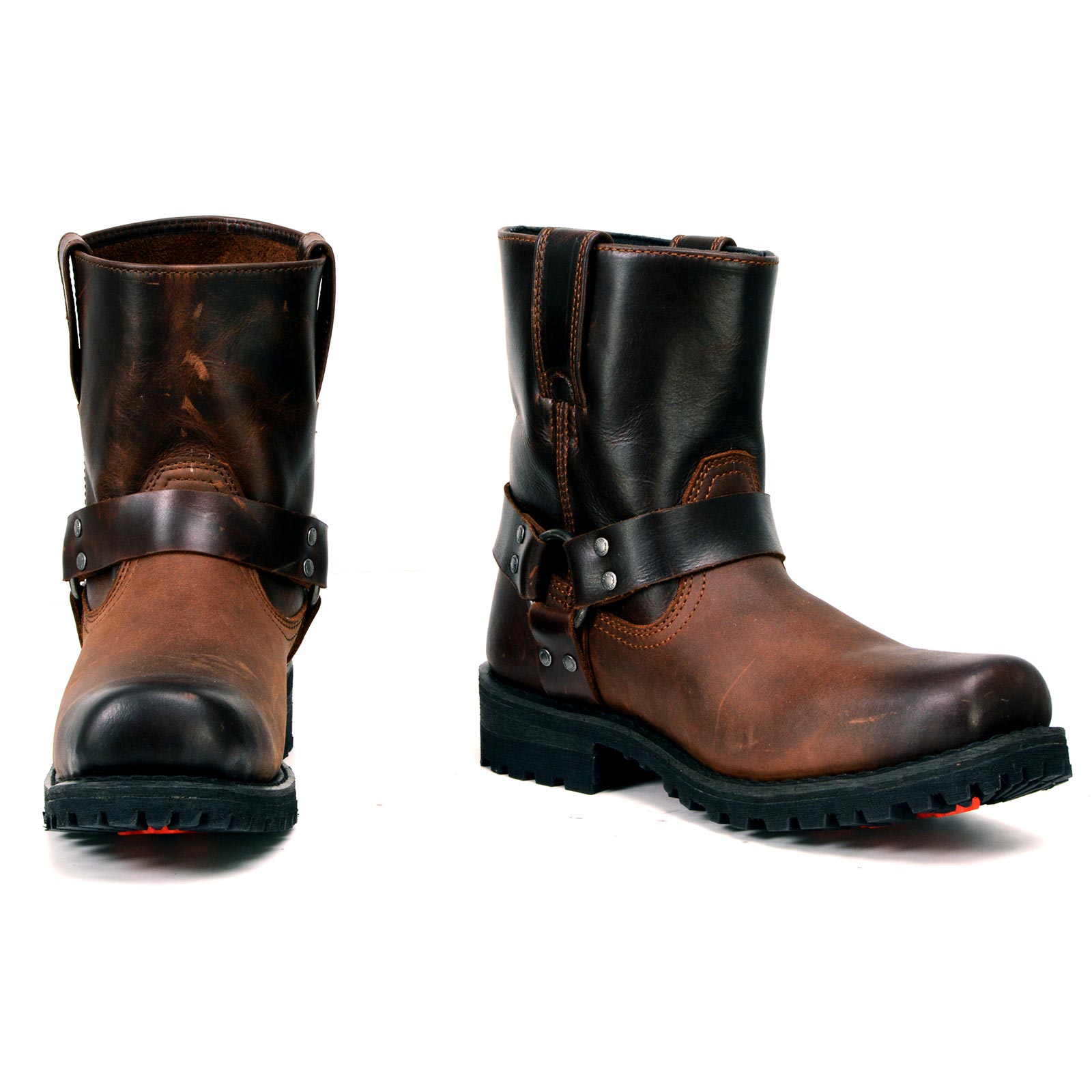When it comes to women’s fashion, one of the often overlooked but essential pieces of clothing are the vest. A well-fitted vest can elevate an outfit and make a powerful fashion statement. However, achieving the perfect fit can be a challenge. In this comprehensive guide, we will delve into why the right fit matters for women’s vests and how to set the stage for a perfect vest fitting experience.
Why the Right Fit Matters
A well-fitted vest offers a multitude of benefits. Firstly, it enhances your appearance and style by accentuating your body shape and creating a flattering silhouette, instantly adding a touch of sophistication to your outfit. Conversely, an ill-fitting vest can give off a sloppy and unkempt vibe. Secondly, comfort and mobility are crucial in fashion, and a properly tailored vest ensures ease of movement, allowing you to go about your day with unhindered arm mobility, whether for a formal event or a casual outing. Thirdly, vests are incredibly versatile, suitable for various occasions, from business meetings when layered over a blouse to a more relaxed look when paired with a t-shirt, highlighting the importance of a perfect fit. Lastly, a well-fitted vest can work wonders for your confidence. Feeling good in what you wear translates to improved posture and demeanor, emphasizing that confidence is a pivotal aspect of personal style.
Understanding Vest Types
Leather Vests are versatile pieces of clothing that come in various styles, each suitable for different occasions and fashion preferences. In this guide, we’ll explore the different styles of vests and the occasions they are best suited for.
A. Different Styles of Vests
1. Classic Waistcoat
The classic waistcoat, also known as the dress vest, is a timeless piece that adds a touch of sophistication to any outfit. It is typically made from formal fabrics like wool or silk and is characterized by its tailored fit and front-button closure. Classic waistcoats are often worn as part of a three-piece suit and are ideal for formal events such as weddings, galas, and business meetings. They can instantly elevate your look and give you a polished appearance.
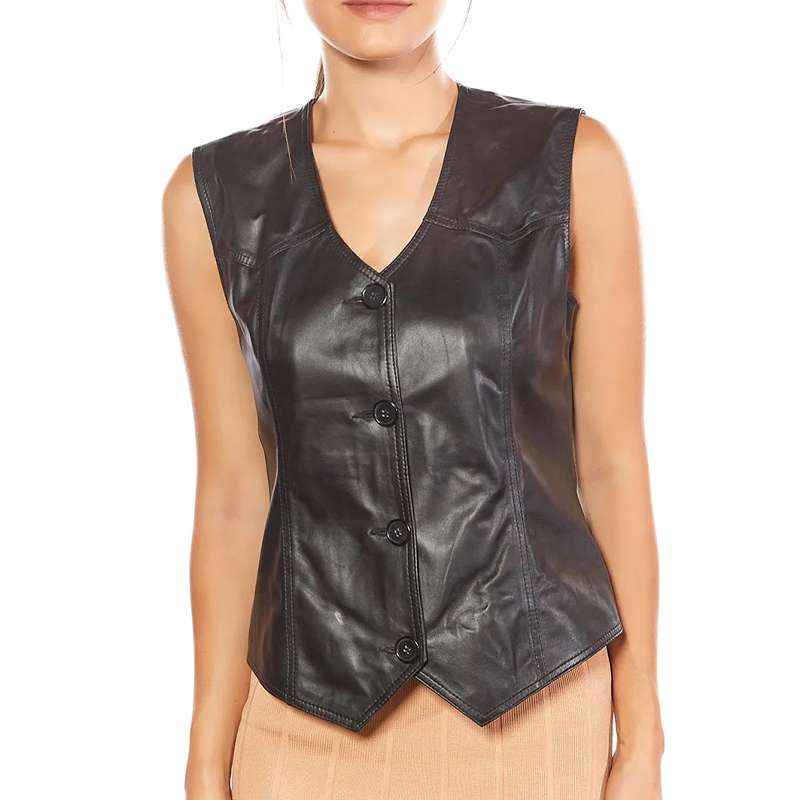
Black Classic Leather Vest For Women
2. Puffer Vest
Puffer vests are a go-to choice for staying warm and stylish in colder weather. These vests are typically insulated with down or synthetic materials, providing excellent insulation without the bulk of a full coat. A puffer vest are known for their quilted design and lightweight feel. They are perfect for casual outings, outdoor activities, and layering over sweaters or long-sleeve shirts. Puffer vests come in various colors and can add a pop of color to your winter wardrobe.
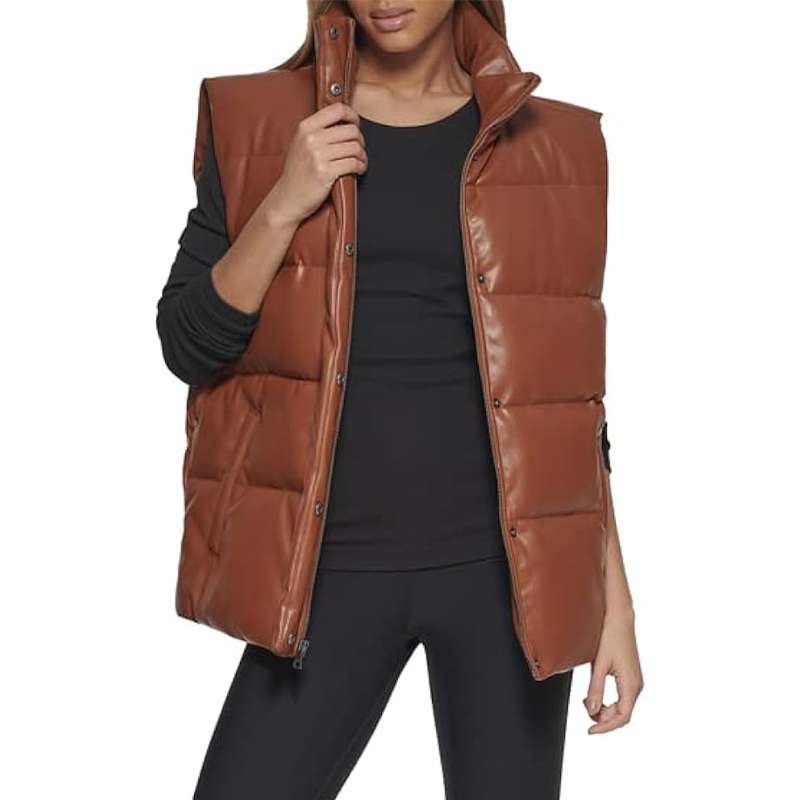
Brown Women’s Leather Puffer Vest
3. Denim Vest
Denim vests are a casual and versatile option that can add a touch of ruggedness to your outfit. They are typically made from durable denim fabric and often feature button closures and multiple pockets. Denim vests are great for a laid-back, urban look and can be paired with jeans or shorts. They are ideal for casual gatherings, concerts, and weekend outings. You can even personalize a denim vest with patches or embroidery to showcase your unique style.
B. Occasions and Vests
1. Casual Wear
For casual wear, puffer vests and denim vests are excellent choices. Puffer vests keep you warm without sacrificing style, making them perfect for chilly days. Pair them with jeans and a cozy sweater for a relaxed, comfortable look. Denim vests, on the other hand, are the epitome of casual style. Wear them over a graphic tee or a plaid shirt for a laid-back and fashionable ensemble.
2. Professional Attire
When it comes to professional attire, the classic waistcoat is your go-to option. It exudes elegance and is an integral part of a formal suit. Choose a waistcoat that complements your suit’s color and fabric for a cohesive look. Whether you’re attending a business meeting, a corporate event, or a job interview, a well-fitted classic waistcoat will make a lasting impression.
3. Outdoor Activities
For outdoor activities such as hiking, camping, or skiing, puffer vests are your best bet. They provide the warmth you need without hindering your mobility. Layer a puffer vest over a long-sleeve base layer for optimal insulation. Additionally, look for puffer vests with water-resistant features to stay dry in unpredictable weather conditions.
Understanding the different styles of vests and their ideal occasions is essential for building a versatile wardrobe. Whether you’re aiming for a formal, casual, or outdoor look, there’s a vest that suits your needs. By selecting the right vest for the right occasion, you can stay both stylish and comfortable.
Preparing for Vest Shopping
Before embarking on your vest shopping journey, it’s essential to be well-prepared. Understanding your body measurements and considering the fabric and material of the vest are key factors in finding the perfect vest for your needs.
A. Body Measurements
Accurately measuring your bust, waist, hips, and length preferences is key when selecting the right-fitting vest. For your bust, wrap a tape measure around the fullest part of your chest, keeping it parallel to the ground. Don’t add extra inches, as vests are meant to fit snugly. Measure your waist at its narrowest point, typically just above your belly button, ensuring a snug but not overly tight fit. If you’re considering longer vests, like puffers, measure the fullest part of your hips while keeping the tape parallel to the ground. Lastly, decide on the vest length that suits your style and proportions; taller individuals might prefer longer vests for balance, while shorter ones create a sleeker look.
B. Fabric and Material Considerations
When choosing a vest, think about warmth and insulation. For colder weather, consider these options:
- Down: Provides exceptional warmth and is lightweight, perfect for freezing temperatures.
- Synthetic Insulation: A budget-friendly choice that still offers good warmth, even when wet.
- Fleece: Offers warmth and works well as a mid-layer under a jacket.
- Wool: Naturally moisture-wicking and warm, suitable for various weather conditions.
Think about breathability too, especially for active use. Materials like mesh or vests with ventilation panels can help regulate your body temperature.
Moreover, match the fabric to the occasion. Premium materials like wool or silk are great for formal events, while denim or cotton suits casual outings. For outdoor activities, opt for weather-resistant options like nylon or polyester. By considering these factors alongside accurate measurements, you’ll find the ideal vest that fits well and meets your style and needs.
Identifying the Right Fit
Finding the perfect vest fit is crucial for both comfort and style. In this guide, we’ll explore vest sizing guidelines, how to try on vests effectively, and options for adjustments and alterations to achieve the ideal fit.
A. Vest Sizing Guidelines
Most vest manufacturers use standard sizing charts that provide measurements for bust, waist, and hips, along with size labels like XS, S, M, L, XL. To find your size, consult these charts and select the size that matches your measurements. Keep in mind that sizes can vary slightly between brands, so it’s wise to also check brand-specific sizing details if available. Additionally, there are petite and plus sizes designed to accommodate individuals outside the standard size range. Petite sizes suit those with shorter torsos, while plus sizes are ideal for those with larger proportions. These specialized sizes ensure a comfortable and well-fitting vest for a diverse range of body types.
B. Trying On Vests
When trying on a vest, begin by checking the fit around the shoulders, ensuring it’s comfortable without any tightness or bunching. Incorrect shoulder seams can signal a size issue. Next, evaluate the bust area; the vest should lay flat without gaping or pulling. If it’s too tight, go for a larger size, and if it’s too roomy, consider a smaller one. Moving to the waist, ensure the vest follows your natural contours without feeling overly snug or loose. Finally, pay attention to the vest’s length, aligning it with your style preferences and occasion. A longer vest suits formal events, while a cropped style can offer a trendy, youthful look, so choose accordingly to complement your outfit and personal style.
C. Adjustments and Alterations
1. Tailoring Options
If you find a vest that you love but it doesn’t fit perfectly off the rack, consider professional tailoring. A skilled tailor can make precise adjustments to ensure the vest fits you like a glove. Common alterations include taking in or letting out the sides, adjusting the length, and repositioning buttons or closures.
2. DIY Alterations Tips
For those who enjoy DIY projects, there are some alterations you can attempt at home:
- Hemming: Shortening the vest length can be done with basic sewing skills and a sewing machine.
- Button Re-positioning: If the buttons are not in the ideal position, carefully remove and re-sew them to adjust the fit.
- Taking in Seams: If the vest is too loose, you can take in the side seams for a snugger fit.
However, it’s important to note that more complex alterations, such as adjusting the shoulders or altering the armholes, are best left to professional tailors to ensure a precise and polished result.
In conclusion, identifying the right fit for your vest involves a combination of understanding standard sizing guidelines, thorough try-ons, and potential adjustments or alterations. With the right fit, your vest will not only be comfortable but will also enhance your style and confidence.
Styling a Well-Fitted Vest
A well-fitted vest is a versatile addition to your wardrobe that can elevate your style. In this guide, we’ll explore how to style a well-fitted vest, from layering essentials to dressing for various occasions.
A. Layering Essentials
1. Tops and Shirts
When it comes to layering a vest, the choice of tops and shirts plays a crucial role in achieving a polished look:
- Button-Up Shirts: Pairing a well-fitted vest with a crisp button-up shirt creates a classic and sophisticated ensemble. Tuck the shirt into your pants or skirt for a polished finish.
- Turtlenecks: Turtlenecks are perfect for colder weather. They provide both warmth and style when layered under a vest. Choose complementary colors to create a coordinated look.
- Blouses: For a feminine touch, pair your vest with a blouse. Opt for delicate fabrics like silk or chiffon to contrast the structured nature of the vest.
- Tees and Tanks: For a more casual vibe, wear your vest over a simple tee or tank top. This combination works well for a relaxed weekend look.
2. Accessorizing
Accessorizing can take your vest ensemble to the next level:
- Belts: A belt can cinch the waist and add definition when wearing a longer vest. Consider a statement belt for added flair.
- Scarves: In cooler seasons, a scarf can complement your vest and add an extra layer of warmth. Play with textures and colors to enhance your outfit.
- Statement Necklaces: Elevate your vest outfit with a statement necklace that draws attention to the neckline area. This works particularly well with V-neck vests.
B. Dressing for Different Occasions
1. Office Chic
For a professional look that’s both stylish and appropriate for the office, follow these steps:
- Classic Suit: Pair your vest with matching trousers or a skirt for a three-piece suit look. Choose a well-structured vest for a sharp appearance.
- Blazer: Layer a blazer over your vest and shirt for added formality. Ensure that the vest complements the blazer’s color and style.
- Heels: Complete your office chic look with a pair of heels or polished loafers.
2. Casual Weekend
For a laid-back weekend outfit that still exudes style, try these tips:
- Jeans: Wear your vest with a comfortable pair of jeans for a relaxed yet put-together look.
- Sneakers or Ankle Boots: Opt for sneakers or ankle boots for comfortable and stylish footwear.
- Layered Accessories: Add a touch of personality with layered bracelets or a casual watch.
3. Sporty Outdoor Looks
If you’re heading outdoors for activities like hiking or a casual sports game, keep these ideas in mind:
- Performance Vest: Choose a lightweight performance vest with moisture-wicking properties for outdoor comfort.
- Sporty Layers: Pair your vest with athletic wear like leggings, a moisture-wicking tee, and comfortable sneakers.
- Hat and Sunglasses: Don’t forget a sporty hat and sunglasses to protect yourself from the elements.
Remember that your choice of vest style, color, and fabric should align with the occasion and your personal style. With the right layering essentials and an understanding of how to adapt your vest for different situations, you can confidently style your well-fitted vest for any event.
Common Mistakes to Avoid
Styling a well-fitted vest can be a game-changer for your wardrobe, but there are common mistakes that people often make. Here are some pitfalls to avoid:
A. Overlooking Body Shape
One of the most crucial aspects of vest styling is considering your body shape:
- Mistake: Ignoring body shape can result in a vest that doesn’t flatter your figure. For example, wearing a boxy vest when you have an hourglass shape can hide your curves.
- Solution: Understand your body shape and choose a vest style that complements it. Hourglass shapes can opt for tailored vests, while those with a rectangular shape may benefit from vests with added detailing.
B. Ignoring Alterations
Many people settle for vests that are almost the right fit without considering alterations:
- Mistake: Neglecting alterations can lead to a vest that doesn’t fit perfectly, leaving you feeling uncomfortable and less confident.
- Solution: Invest in professional tailoring or learn basic alteration skills to ensure your vest fits flawlessly. Simple adjustments can make a significant difference in the overall look.
C. Misinterpreting Trends
While it’s essential to embrace fashion trends, misunderstanding or overdoing them can be problematic:
- Mistake: Blindly following trends without considering whether they suit your personal style can result in outfits that feel forced or unauthentic.
- Solution: Incorporate trends selectively and adapt them to your style. Choose trends that resonate with you and blend them with timeless pieces for a balanced look.
D. Neglecting Comfort
Comfort should always be a priority when styling a vest:
- Mistake: Sacrificing comfort for fashion can lead to discomfort and self-consciousness. A vest that’s too tight or made from uncomfortable materials can hinder your confidence.
- Solution: Prioritize comfort by selecting fabrics that feel good against your skin and ensuring a proper fit. Remember, confidence shines when you’re comfortable in what you wear.
By avoiding these common mistakes, you can make the most of your well-fitted vest, confidently expressing your style while feeling comfortable and empowered.
Conclusion
In conclusion, styling a well-fitted vest can enhance your wardrobe and elevate your fashion game. By considering your body shape, embracing alterations when needed, interpreting trends wisely, and prioritizing comfort, you can make the most of this versatile clothing piece.
Remember that your choice of tops, accessories, and the occasion should guide how you style your vest. Whether you’re aiming for office chic, a casual weekend look, or a sporty outdoor outfit, the right vest can make a significant difference in your overall appearance and confidence.
To achieve a stylish and well-fitted vest ensemble, keep these guidelines in mind and adapt them to your unique style and preferences. With a little attention to detail, you can confidently rock your vest for any occasion.
Frequently Asked Questions (FAQs)
A. What are the key measurements needed for vest fitting?
For a well-fitted vest, key measurements include your bust, waist, hips, and length. These measurements help determine the appropriate size and ensure a comfortable fit.
B. How should a vest fit around the bust area?
A vest should fit comfortably around the bust area without gaping or pulling. It should lie flat against the chest, and there should be no tightness. If the vest feels too tight across the bust, consider sizing up.
C. Can vests be tailored to fit better?
Yes, vests can be tailored to achieve a better fit. Professional tailoring can adjust the sides, length, and other aspects to ensure the vest fits you perfectly.
D. What’s the ideal length for different vest styles?
The ideal length for a vest depends on your style and body proportions. Longer vests can create a formal look, while cropped vests can be more casual and trendy. Consider your outfit and occasion when choosing the vest length.
E. Are there specific vests suitable for petite or plus-size women?
Yes, there are petite and plus-size vests designed to cater to different body types. These specialized sizes ensure a better fit and comfort for a wider range of individuals.
F. How do I choose the right fabric for my vest?
Choosing the right fabric depends on the occasion and weather. For formal events, premium materials like wool or silk are ideal. In colder weather, consider insulated fabrics like down or synthetic insulation. Breathable materials like cotton or linen work well in warmer climates.
G. What accessories complement a vest outfit?
Accessories such as belts, scarves, statement necklaces, and hats can complement a vest outfit. The choice of accessories can add a personal touch and enhance the overall look.
H. How can I style a vest for a formal occasion?
For formal occasions, pair your vest with matching trousers or a skirt to create a three-piece suit look. Consider adding a blazer for extra formality. Choose classic accessories like heels and statement jewelry.
I. Are there any fashion no-nos when it comes to vests?
Avoid fashion mistakes like overlooking your body shape, neglecting alterations, misinterpreting trends, and sacrificing comfort for style. These common errors can impact the overall look and comfort of your vest ensemble.
J. Can vests be worn year-round, or are they seasonal?
Vests can be worn year-round, but the choice of fabric and layering is key. Lighter fabrics are suitable for warmer months, while insulated vests are great for colder seasons. With the right styling, vests can be a versatile addition to your wardrobe.
